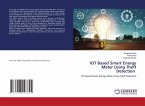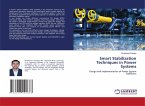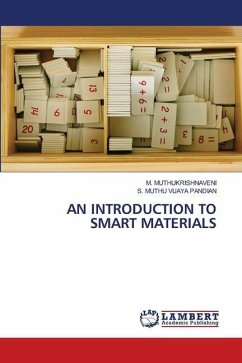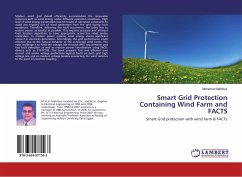This study develops a single-layer broadband and wide-angle antireflective (AR) coating with a hydrophobic surface to prevent environmental contamination. Porosity was introduced into the silica film matrix using an acid-catalyzed sol-gel method with polyethylene glycol (PEG) as a porosity modifier. Silica sol modified with PEG4000 achieved optimal porosity (2-4 nm) and the highest transmittance (98.2%). A graphene layer was added to enhance hydrophobicity, achieving a contact angle of 105.3°, compensating for a slight transmittance reduction (1.15%). Atomic force microscopy and field emission scanning electron microscopy confirmed increased porosity and groove-like surface morphology. Contact angle measurements indicated strong van der Waals interactions between the porous silica film and graphene, leading to a hydrophobic and anti-corrosive AR coating.
Bitte wählen Sie Ihr Anliegen aus.
Rechnungen
Retourenschein anfordern
Bestellstatus
Storno








